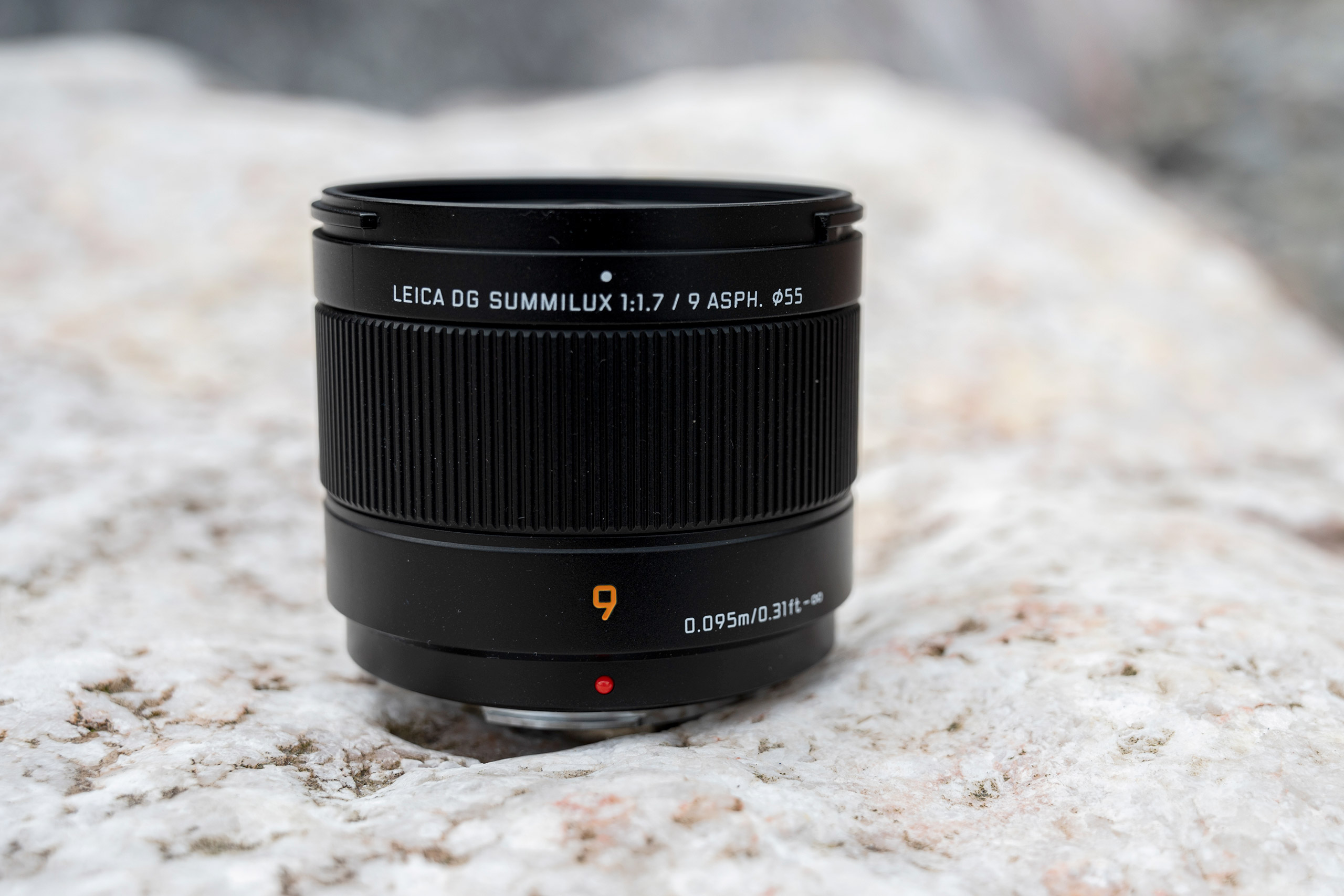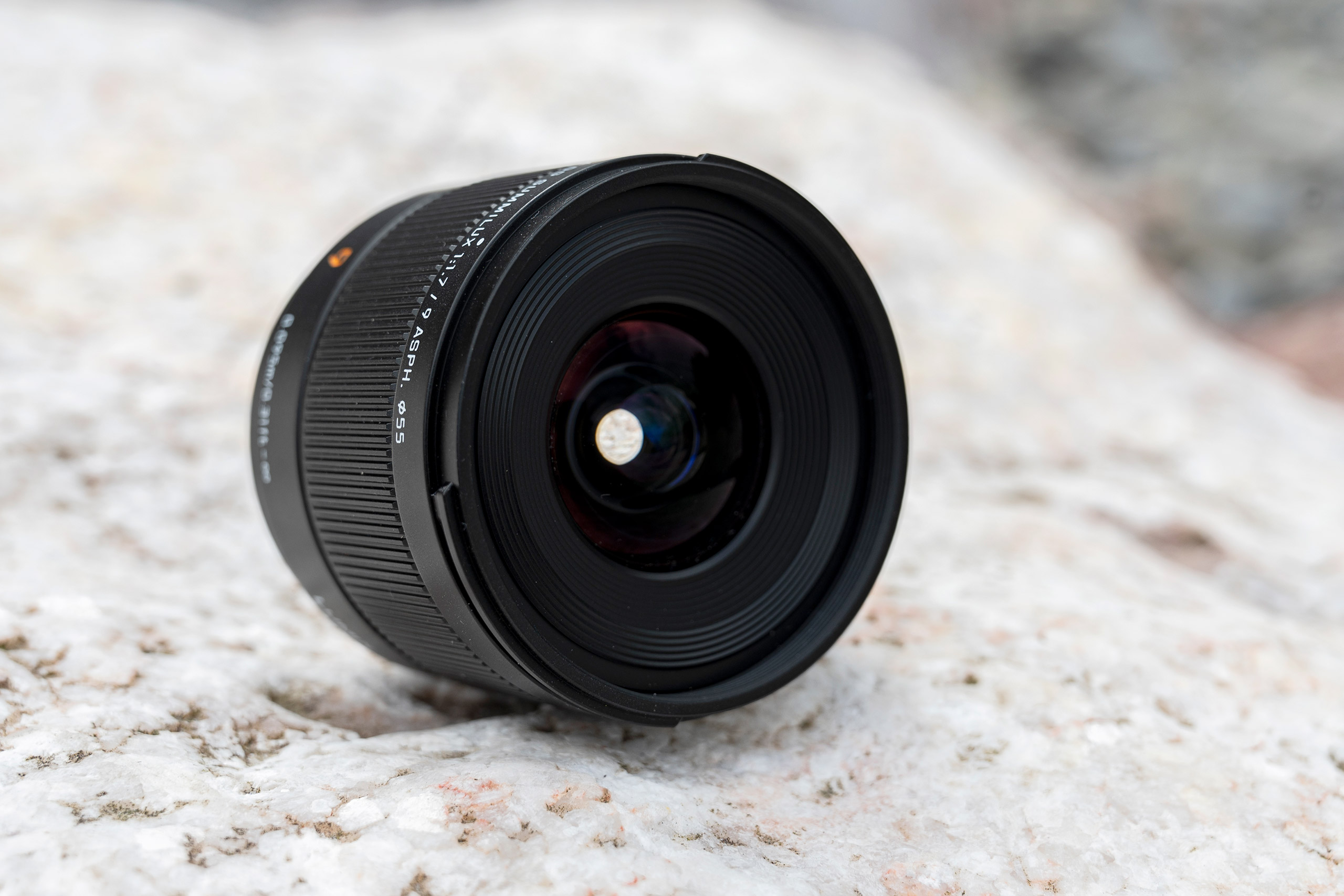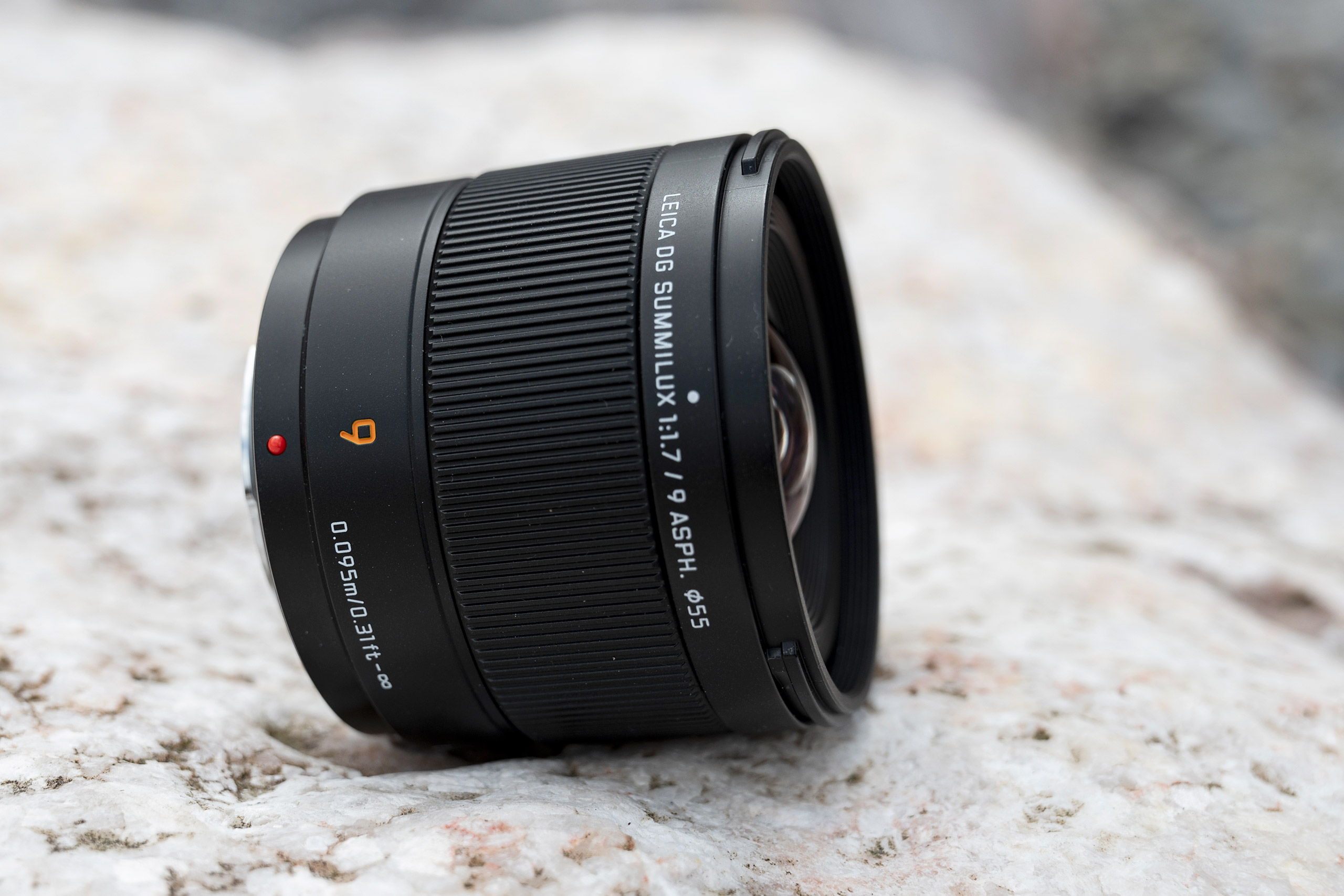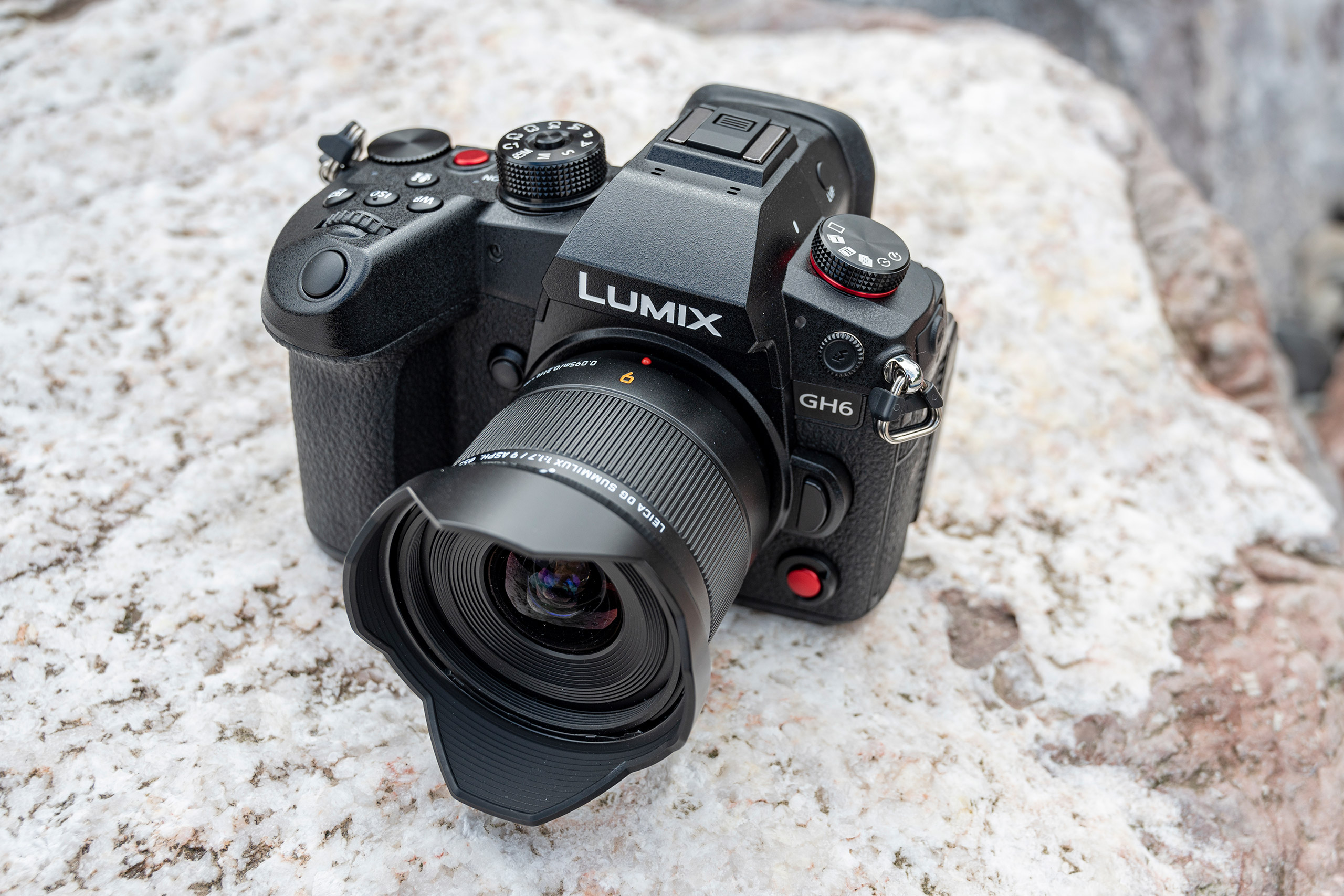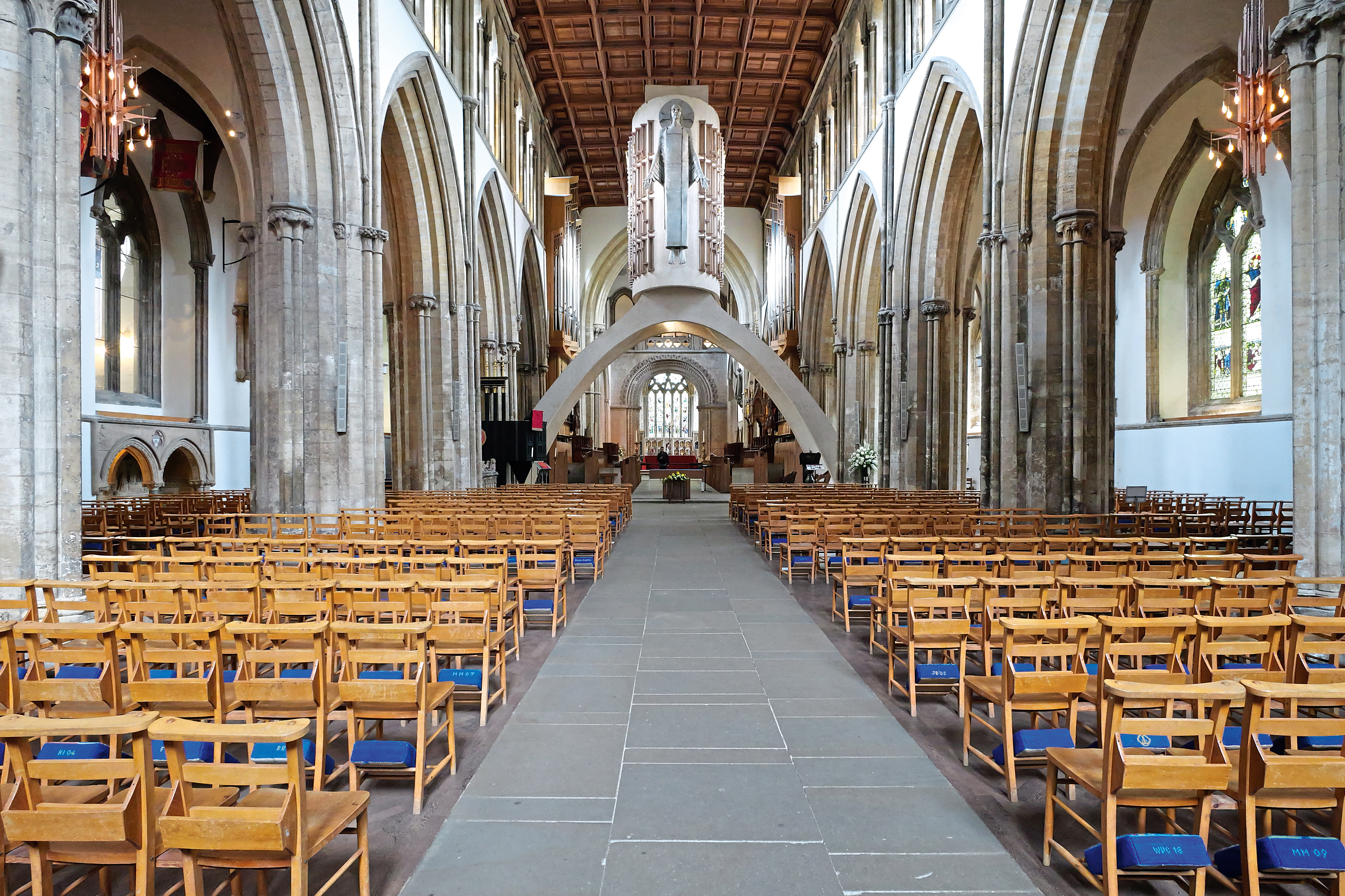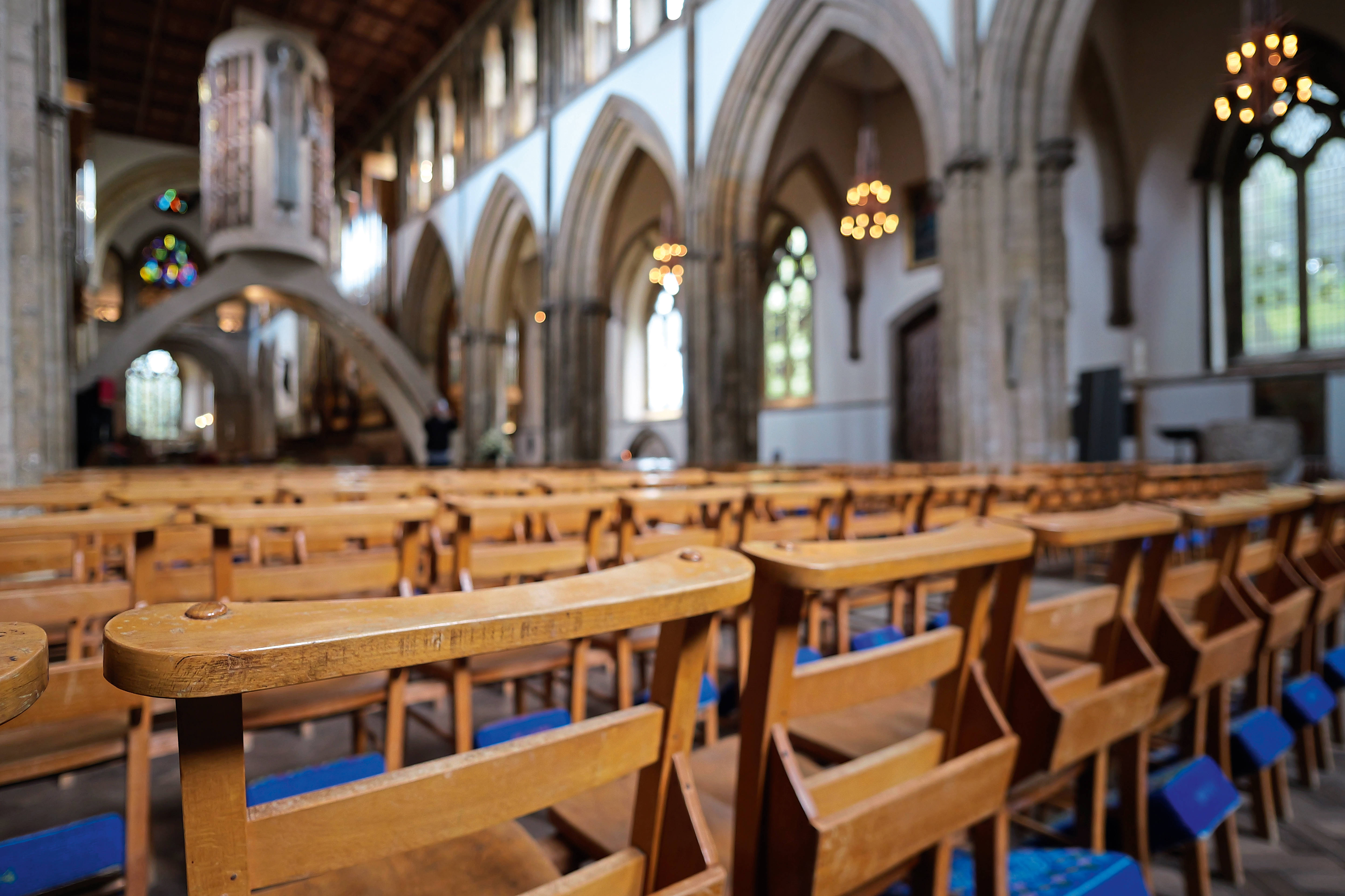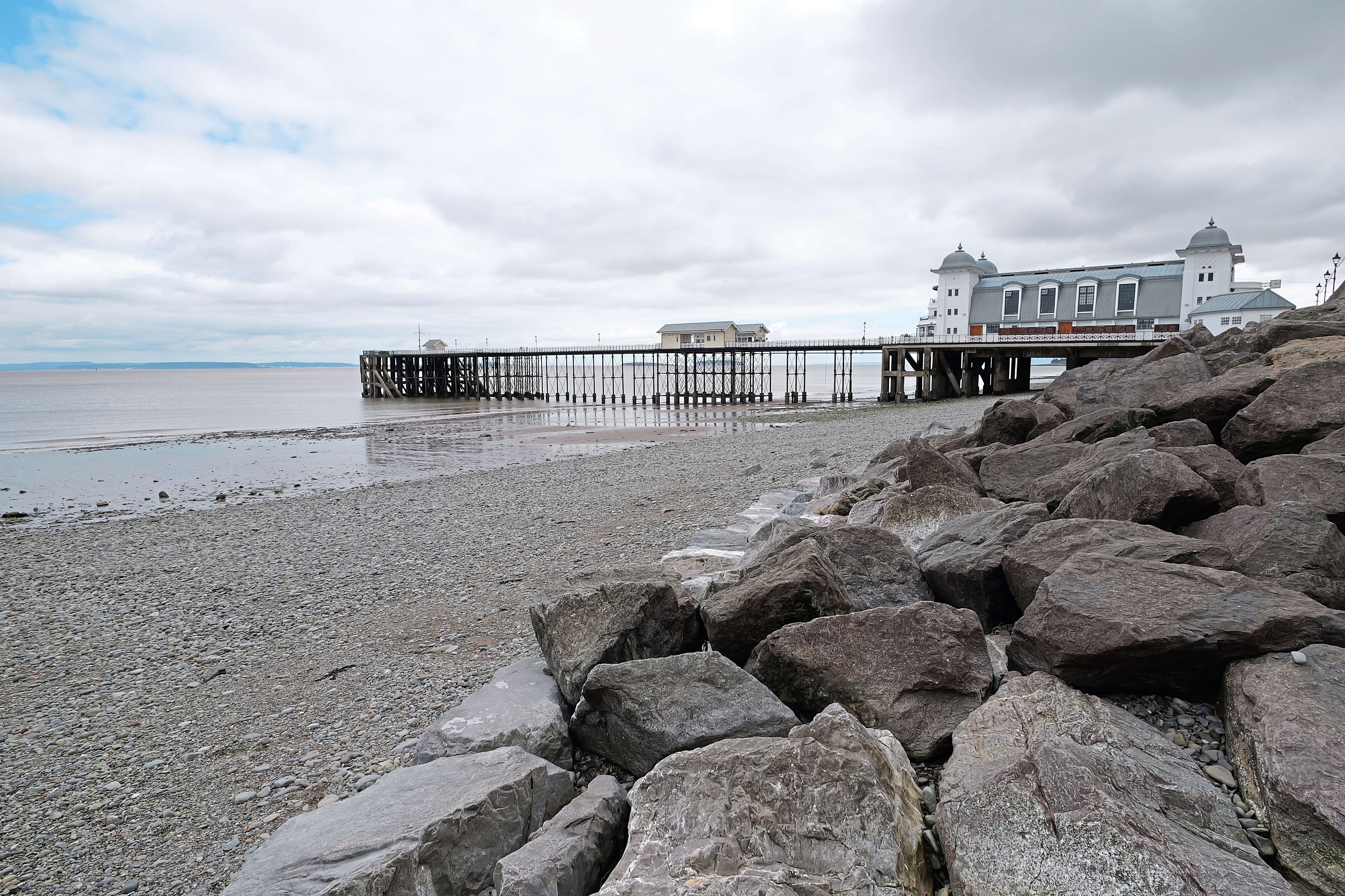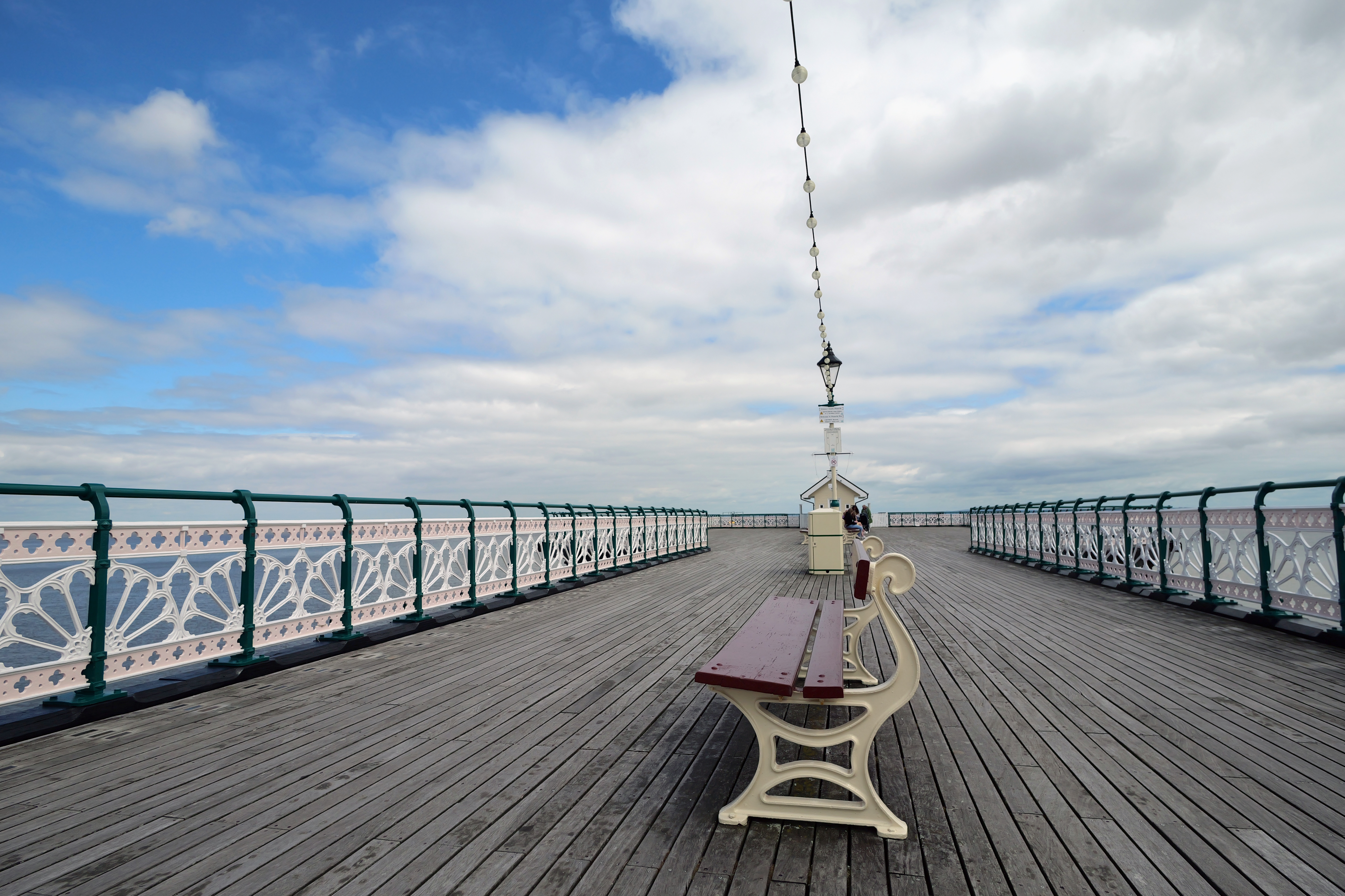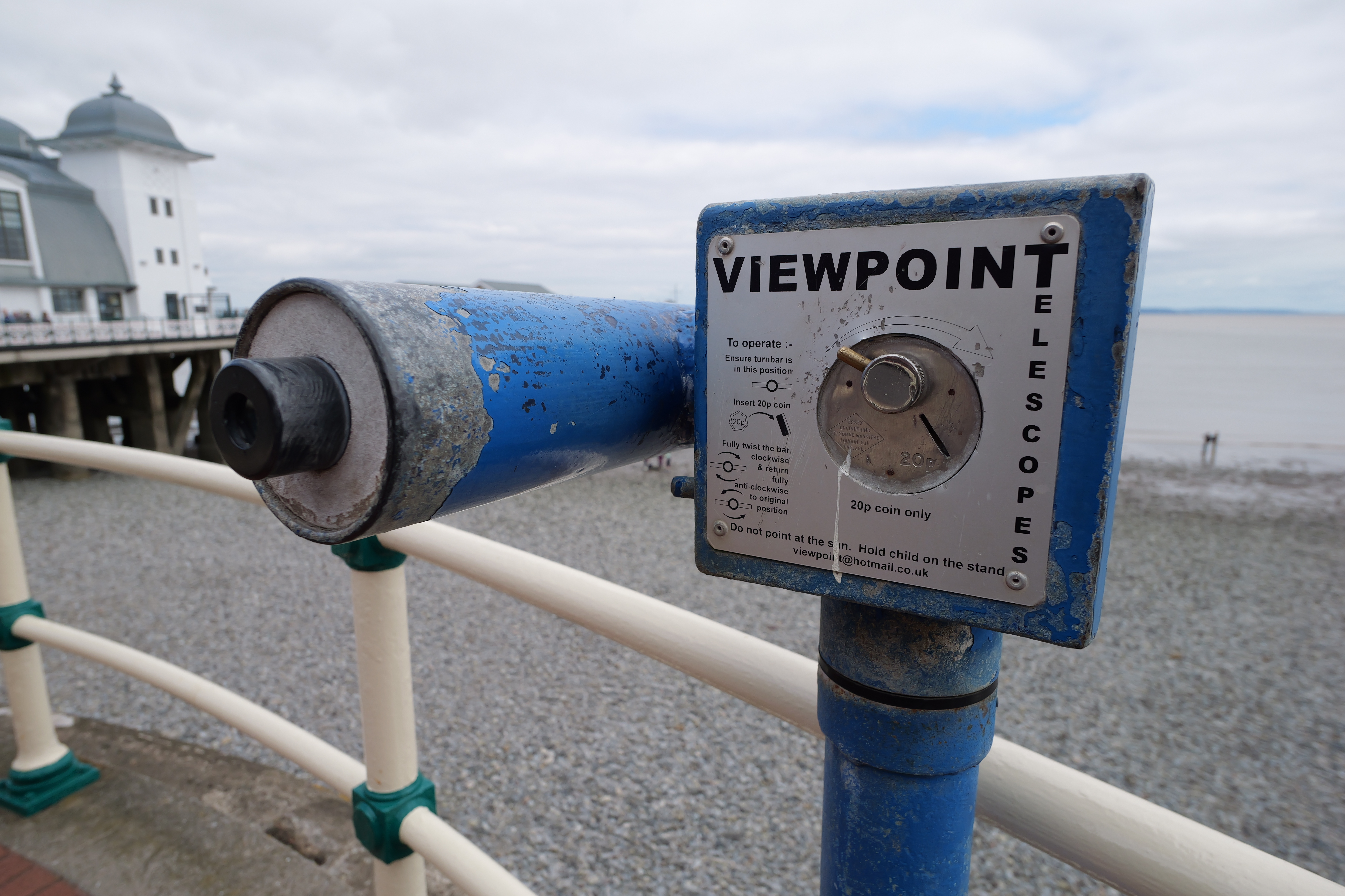Amy Davies finds out whether the Leica DG Summilux 9mm f/1.7 ASPH wide angle lens for Micro Four Thirds is a wise investment for stills photographers, as well as videographers
Things have been rather quiet from Panasonic on the Micro Four Thirds lens front just lately. With the company primarily focusing on its full-frame S series output, you’d be forgiven for thinking that its smaller system had been somewhat forgotten about.
With the launch of the Panasonic Lumix GH6 earlier in the year however, it’s perhaps no surprise to see new optics also appearing on the market – and the firm says it’s committed to developing and releasing more. This lens is the latest to be made in collaboration with Leica, meaning that the lens must pass a stringent set of standards.
Four Thirds has a crop factor of 2x, the 9mm lens gives the equivalent of 18mm on a full-frame camera. Given just how much Panasonic has concentrated on video in the past few years, it seems reasonable to assume that one of this lens’ intended consumers is the vlogger, with that focal length being ideal for filming pieces to camera in small spaces, or handheld.
However, it’s also a very versatile focal length for plenty of stills applications, with the two obvious subjects being landscapes and architecture. With its close-focusing skills and wide aperture, it can also be used for close-up work or isolating the subject from the background. Similarly, the f/1.7 maximum aperture suggests it would be ideal for low light or night photography too.
With a retail price of £449, the Leica DG Summilux 9mm F1.7 is priced very reasonably. Compared to the Laowa 10mm f/2, for example, it’s wider, offers a faster aperture and includes autofocus, but only costs £50 more. It’s also much cheaper than the compact wideangle zooms you can buy for Micro Four Thirds, including the Panasonic 7-14mm f/4 (£799) and the Olympus 9-18mm f/4-5.6 (£549). Of course, this being a Micro Four Thirds lens, it can also be used with Olympus and OM System cameras.
Of course, this being a Micro Four Thirds lens, it can also be used with Olympus / OM System cameras too, which use the same mount.
Panasonic Leica DG Summilux 9mm f/1.7 ASPH Features
The 9mm f/1.7 has 12 elements in 9 groups, which includes 2 ASPH (aspherical), 2 ED (Extra-Low Dispersion) and 1 UHR (Ultra High Refractive) lenses, which combine together for what Panasonic claims is superior sharpness and reduced chromatic aberrations.
The lens features a dust-, splash- and freeze-resistant design, but it’s worth noting that it’s not guaranteed to survive against prolonged and extensive contact with water. In short, it’ll probably survive a rain shower, but you should probably avoid taking it into the sea or swimming pool.
Seven diaphragm blades create the aperture, while there’s a maximum magnification of 0.5x (35mm equivalent), making it well-suited to macro-type subjects. Also good for this is the 9.5cm (0.31ft) closest focusing distance. The filter size is 55mm.
There’s no image stabilisation in the lens, but that’s not something we’d expect from a lens of this focal length. Cameras such as the Lumix GH6 offer inbuilt body stabilisation, while other models, such as the G100, do not. For the latter, electronic stabilisation is available for video, so it shouldn’t be too much of a problem for vloggers that this lens is not stabilised.
Panasonic Leica DG Summilux 9mm f/1.7 ASPH Build and Handling
This being a Micro Four Thirds lens, the 9mm f/1.7 is very small – it measures up at 52mm in length and 60.8mm in diameter. Indeed, it fits neatly into the palm of my hand and is so light (130g) as to be barely perceptible when added to your kit bag. It’s a great little lens to have with you if you find yourself in need of an ultra wide angle, complementing other walk around type lenses extremely well.
I’ve been using the 9mm lens with the GH6, one of Panasonic’s larger models. Despite the lens’ small size and weight, it still balances fairly well with the camera, not feeling too badly mismatched. It probably would be an excellent pairing with one of the smaller Panasonic cameras, particularly the G100, but perhaps even something like the G9, too. The same is naturally true for Olympus models too, with the smaller offerings probably being the best partner for the 9mm lens.
Although the lens has a mostly plastic construction, the metal lens mount adds an air of quality which gives you confidence that it will withstand some rigorous usage.
As you’d probably expect from a lens of this size, its outward design is very simple. Indeed, there are no buttons or switches on the barrel, with any settings changes (such as between manual focus and autofocus) needing to be carried out via the camera body itself. Unlike some other Panasonic Leica primes, the 9mm has no aperture ring on the lens.
Similarly, there is just one control ring on the lens, which is used for manual focusing. There are no hard stops at either end of the focusing ring, but, this being a mirrorless camera, there’s plenty of tools you can use – such as focus peaking and focus magnification to help ensure you get accurate manual focusing. The movement of the ring is smooth, but with just enough resistance to make fine adjustments easily.
Included in the box is a lens hood which can be reversed when not in use to keep the overall size as small as possible.
Autofocus
Considering this is a lens which will likely be favoured by vloggers and videographers, it’s no surprise to see fast, accurate – and importantly, quiet (virtually silent) autofocusing.
As already mentioned, I’ve been using the lens with a Panasonic Lumix GH6 and found it to perform consistently well in terms of locking onto focus, including in lower light conditions. In very low light scenarios, there was a little more hunting, but there was never a false confirmation of focus displayed.
You might not ordinarily think of an ultra wide lens as being suitable for close-up work, but the close-focusing here puts in a good performance, giving you the opportunity to use the wide aperture to throw the background out of focus and concentrate on something relatively small in the foreground. On one occasion, I was even able to capture a fairly timid bee.
Panasonic Leica DG Summilux 9mm f/1.7 ASPH Image Quality
For something bearing the Leica designation, we’d expect a good level of sharpness and overall high image quality.
That appears to be borne out in real-world testing of the lens, which performs well in a perhaps surprising number of different scenarios. There’s a good amount of sharpness displayed across the frame, with attractive detail shown – even when examining fine details reasonably closely.
There is a small amount of softness to be seen at the minimum aperture of f/16, but it’s not something which is particularly problematic when looking at images at normal printing or viewing sizes. The sharpest results can be seen between f/2 and f/8, which is about what we’d expect.
Considering this is an ultra wide angle lens, distortion is kept to a minimum, though as you might imagine, there is a little distortion to be seen when photographing scenes with lots of straight lines.
Out of focus areas are rendered attractively, with nicely rounded bokeh visible in certain scenarios. Vignetting is visible when shooting at the widest aperture of f/1.7, but it’s not hugely objectionable when shooting busy scenes. If shooting plainer subjects, it might be wise to stop down by a couple of stops if you want to avoid the problem altogether – you can also switch on Vignetting Compensation in some cameras (such as the GH6) to mitigate for it somewhat too.
A profile is automatically added to correct for chromatic aberration to both raw and JPEG files. Although it’s still possible to find some slight examples of it happening if you zoom in to high contrast areas, it’s not a major problem for most ordinary scenes.
Panasonic Leica DG Summilux 9mm f/1.7 ASPH Verdict
Although most of the noise in the camera industry of late has been surrounding full-frame, new launches into the Micro Four Thirds sector are very welcome, indeed obviously for existing and loyal users of this type of setup.
Offering a good wide-angle equivalent of 18mm, this 9mm lens is a great addition to the kit bag of any Micro Four Thirds photographer, especially if you’re somebody with a penchant for landscapes, cityscapes, architecture, and thanks to its wide-aperture, low light and night time photography.
Vloggers and videographers will probably also find a lot to like about this lens too, with its wide angle being ideal for recording pieces to camera, or as a good walk around lens. Swift and near-silent autofocusing are a couple of ticks in the boxes for that type of user too.
For the price, you get a very well-performing lens that doesn’t suffer too badly from problems such as vignetting and chromatic aberration, and delivers very sharp results in most scenarios. Strikingly, there isn’t really anything else quite like it for MIcro Four Thirds users, with all the alternative bright ultra-wide primes being manual focus.
Overall, this is a more flexible lens than you might credit a 9mm lens for, and it comes highly recommended for users of Panasonic and Olympus cameras.

Read our guide to the best Micro Four Thirds lenses for more options.


